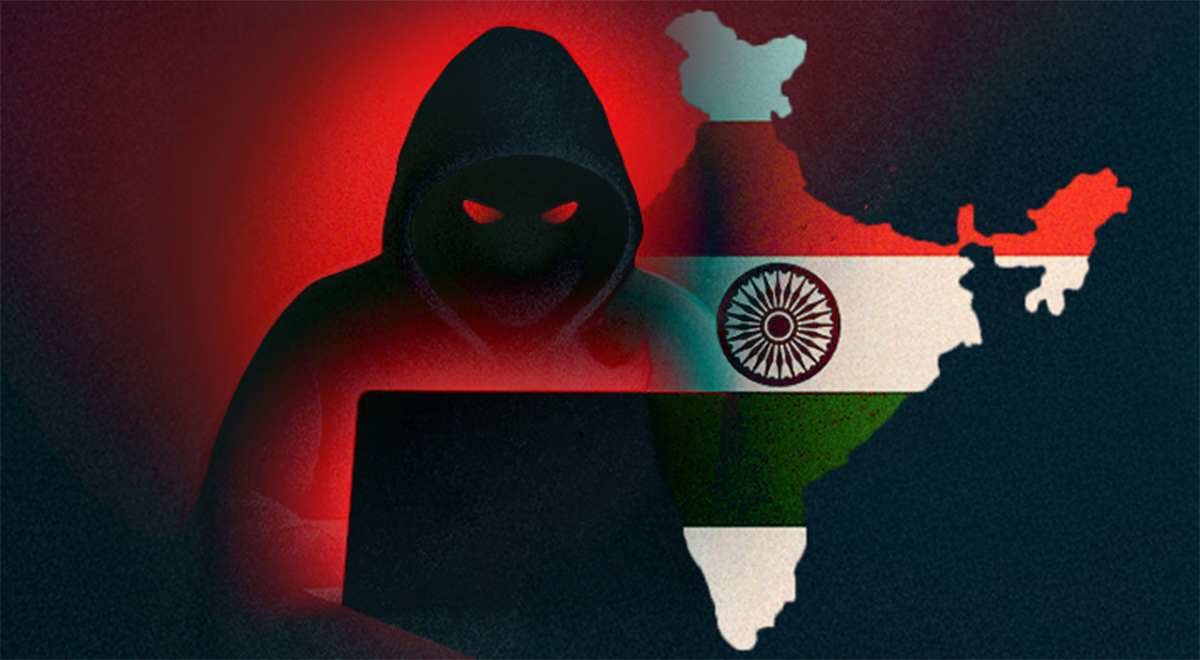India vs Pakistan 2025: How Technology Escalated the Conflict into a Cyber War
Date: May 2025

In early 2025, tensions between India and Pakistan once again reached a boiling point following a deadly incident near the Line of Control (LoC). While troops mobilized and media outlets buzzed with speculations of war, a parallel conflict was unfolding in a much quieter—but no less dangerous—arena: the digital front.
This blog explores how the most recent flare-up between India and Pakistan triggered a wave of cyberattacks, AI-driven propaganda, and digital surveillance—marking a new chapter in modern geopolitical conflict.
What Triggered the 2025 India-Pakistan Crisis?
The conflict was sparked by an alleged cross-border attack in Kashmir. As military deployments increased, so did the cyber warfare. Within hours:
- Indian defense websites faced DDoS attacks.
- Pakistani news portals were defaced by hacker groups.
- Misinformation flooded WhatsApp and Telegram groups.
Cyber Warfare: The New Frontline
By the second day of the standoff, cybersecurity agencies in both countries reported a surge in activity:
- SCADA systems in Indian power grids were probed by suspected Pakistani hackers.
- Indian cyber units retaliated by targeting telecom and government portals in Pakistan.
- Spoofed emergency alerts spread fake news about strikes and blackouts.

AI Propaganda and Digital Misinformation
AI-generated content became a major threat during the crisis:
- Deepfake videos of political leaders caused panic.
- Fake military announcements were created using AI voice clones.
- Bot networks amplified divisive content across platforms like X (Twitter), YouTube, and Facebook.

Surveillance and Border Technology
Both sides ramped up digital surveillance at the border:
- India deployed AI-powered drones and smart fencing with thermal sensors.
- Pakistan used counter-drone jammers and satellite-based troop monitoring.

Big Tech Under Pressure
As the digital war escalated, tech platforms were caught in the middle:
- Governments issued hundreds of content takedown requests within days.
- Platforms struggled to moderate rising hate speech and misinformation.
- Google, Meta, and others faced criticism for handling disinformation slowly.
Backchannel Cyber Diplomacy
Interestingly, while military diplomacy stalled, cyber peace talks gained traction:
- Cyber Emergency Response Teams (CERTs) from both nations reportedly coordinated to de-escalate attacks on civilian infrastructure.
- Tech leaders called for a Cyber Non-Aggression Pact in South Asia.
Conclusion: The Future of Conflict Is Digital
The 2025 India-Pakistan standoff may not have led to conventional war, but it proved that the next battlefield will be digital. As cyber attacks, AI-generated propaganda, and surveillance become central to national security, we must push for international cyber laws and ethical tech use.
As citizens, staying informed and digitally literate is no longer optional—it’s our first line of defense.
Tags:
#IndiaPakistan2025, #CyberWar, #Geopolitics, #TechnologyInConflict, #ArtificialIntelligence, #Misinformation


